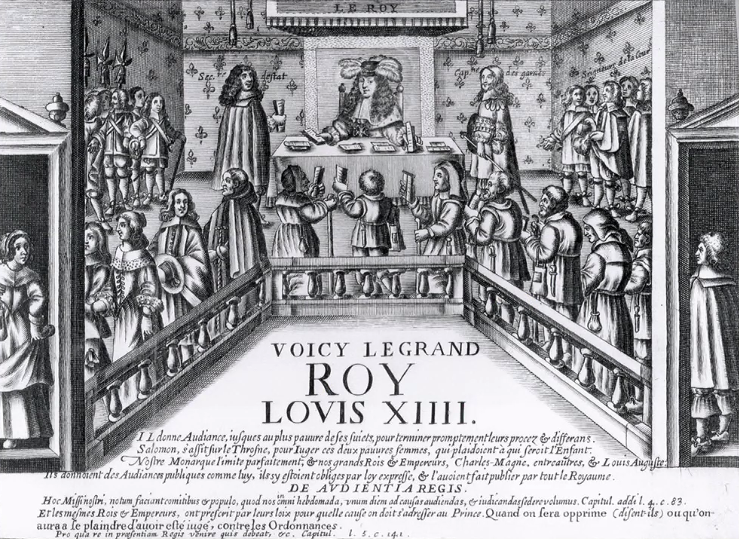Stephen Cummins’ presentation takes us into the realm of legal conflict, in court in seventeenth-century Naples. The Vicaria was the high court of Spanish controlled Naples, and Cummins’ presentation examines how historical argument was used there by officials and by ordinary people. His work on the Vicaria opens up one of Italy’s understudied public institutions. Compared to similar judicial material in Venice, Bologna, or Rome, these Neapolitan judicial sources had received less attention from historians, in part because of damage to the collection during World War Two.
At the centre of Cummins history of the Vicaria was the figure of Don Diego de Soria y Morales, Marchese di Crispano (c.1620-1697). De Soria was an official who worked at the court in Naples, along with several other posts in Spanish service. He was proregente of the Vicaria in the 1660s, and after a brief period in Messina, took up an office specifically created for him, combating banditry in and around Naples.
Letters and requests addressed to de Soria reveal how history figured in the arguments of ordinary Neapolitans. One of their striking features is the presences of the rebellion of 1647/8, which had been a major event in the region but was officially unspeakable thanks to acts of oblivion. In one letter, an officer from the Spanish army sought de Soria’s help, citing his service against the rebellion and in other Spanish conflicts as a reason he deserved the official’s sympathy. De Soria also heard the case of a disgraced monk who had been living in exile in Venice since the rebellion, in the documents produced by this case Cummins finds evidence of a large community of such exiles, maintaining varying degrees of connection with Naples and perpetuating the memory of the rebellion.
Personal histories, however, were often as important as regional ones in the letters de Soria received. Young aristocrats in trouble with their families were one common source of letters seeking his assistance. One young man wrote that he risked losing his inheritance to an uncle who wanted to send him to a monastery. In another letter, a young woman complained of the mismanagement of her estates by family members who were charged with administering them on her behalf. [....]

